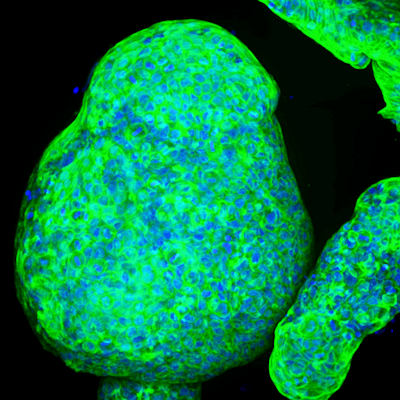December 10, 2021 -- PharmaCyte Biotech has released the results of an additional, more detailed analysis of the integration site of the cytochrome P450 2B1 gene from the augmented HEK293 cell line clone that PharmaCyte uses in its CypCap product. This assay is required by the U.S. Food and Drug Administration (FDA) to lift the clinical hold on PharmaCyte's investigational new drug application for the treatment of inoperable locally advanced pancreatic cancer.
In previous studies, PharmaCyte showed that the cytochrome P450 2B1 gene in the augmented HEK293 cell clone was located on human chromosome 9 and the flanking sequence had already been determined. The FDA requested that the exact sequence of the cytochrome P450 2B1 gene inserted at that location should also be determined.
This is technologically challenging because the introduced DNA is large and concatenated. PharmaCyte used nanopore sequencing technology for this analysis. Nanopore sequencing is a unique technology that enables direct, real-time analysis of long DNA fragments. The technology was successfully used to determine the sequence of the introduced DNA, and the analysis of the sequence data shows that it is both intact and complete, PharmaCyte stated.
PharmaCyte developed a cellulose-based live-cell encapsulation technology known as Cell-in-a-Box. The company's cancer therapy strategy involves encapsulating genetically engineered human cells locally at the site of the cancer that converts an inactive chemotherapy drug into its active or "cancer-killing" form.
For pancreatic cancer, encapsulated cells are injected into the blood supply upstream of the patient's tumor, as close as possible to the tumor. Once the cells are implanted, a chemotherapy drug that is normally activated in the liver (ifosfamide) is given intravenously at one-third the normal dose.
The ifosfamide is carried by the circulatory system to where the encapsulated cells have been implanted. When the ifosfamide flows through pores in the capsules, the live cells inside act as a bioartificial liver and activate the chemotherapy drug at the site of the cancer. This targeted chemotherapy has been proven effective and safe to use in past clinical trials and results in little to no treatment-related side effects, Pharmacyte said.
Copyright © 2021 scienceboard.net









